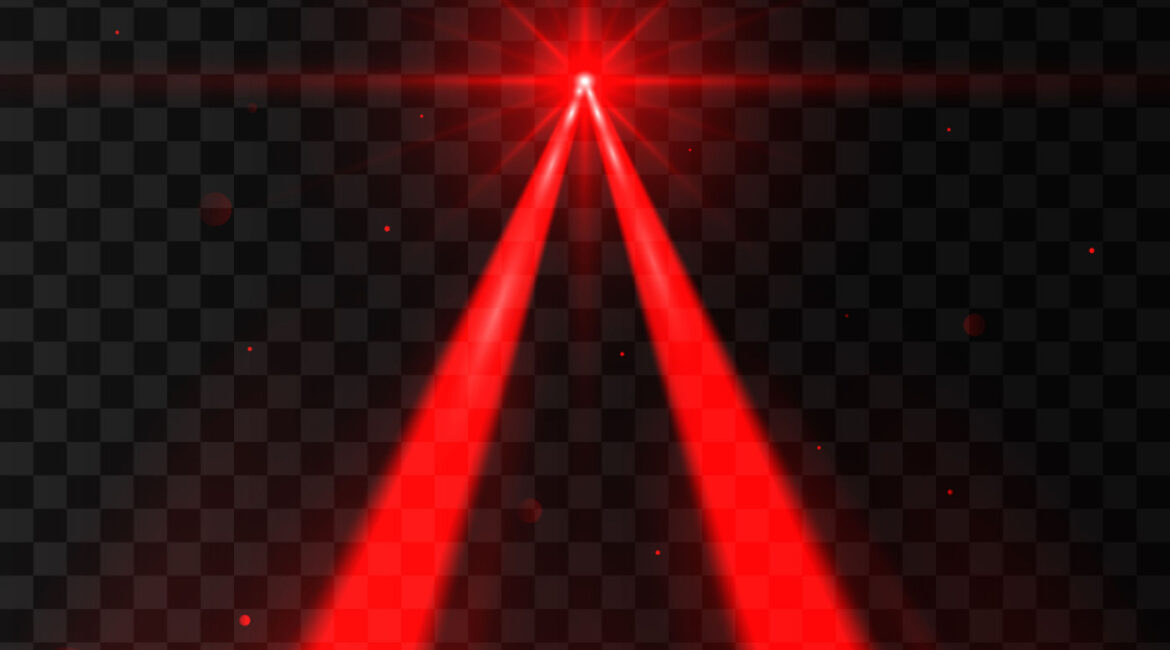The UK Intellectual Property Office recently had to decide whether the invention in a patent application claiming the production of quantum bits (or qubits) was sufficiently disclosed. The Hearing Officer confirmed the decision of the Examiner that the description was deficient and the invention was therefore not capable of industrial application.
The inventor represented themselves and claimed that the invention relates to a quantum bit system capable of achieving three or more states for a single bit. Two lasers produced beams of photons travelling through vacuum tubes to a pressure detector. The inventor argued that the photons in each laser beam would be superpositioned at the detector. The detector was calibrated to measure the pressure exertion values and therefore determined the bit value.
The Hearing Officer was not convinced. He stated that using a laser beam was, by itself, not enough in his view. Simply superimposing the two laser beams would not lead to the superposition of states required to generate quantum-level phenomena. As the Hearing Office pointed out, superposition is not achieved merely by superimposing two streams of photons – superposition is the ability of an individual quantum-level object to exist in two quantum states simultaneously. The Hearing Office saw nothing in the patent specification that could create quantum phenomena.
The Hearing Office did note that he might be wrong. However, he continued, there was nothing in the patent specification to enable the measurement of these states. He continued that this is not a trivial problem, and it is not the same as measuring a combined optical pressure. Thus, the invention was not sufficiently disclosed.
The decision is once again a reminder of the need to disclose an invention clearly and sufficiently. Quantum technology is a relatively new and growing field of physics, and care needs to be taken in describing the technology and how it operates in order to get a patent. In this case, the Hearing Officer also noted that useful results could only be achieved if the results could be measured, and he found no details of the measurement process in the application.
Feel free to contact us if you want further details of the case and how to protect inventions in the field of quantum technology.
Full Decision 0/592/20 is found at this link.





